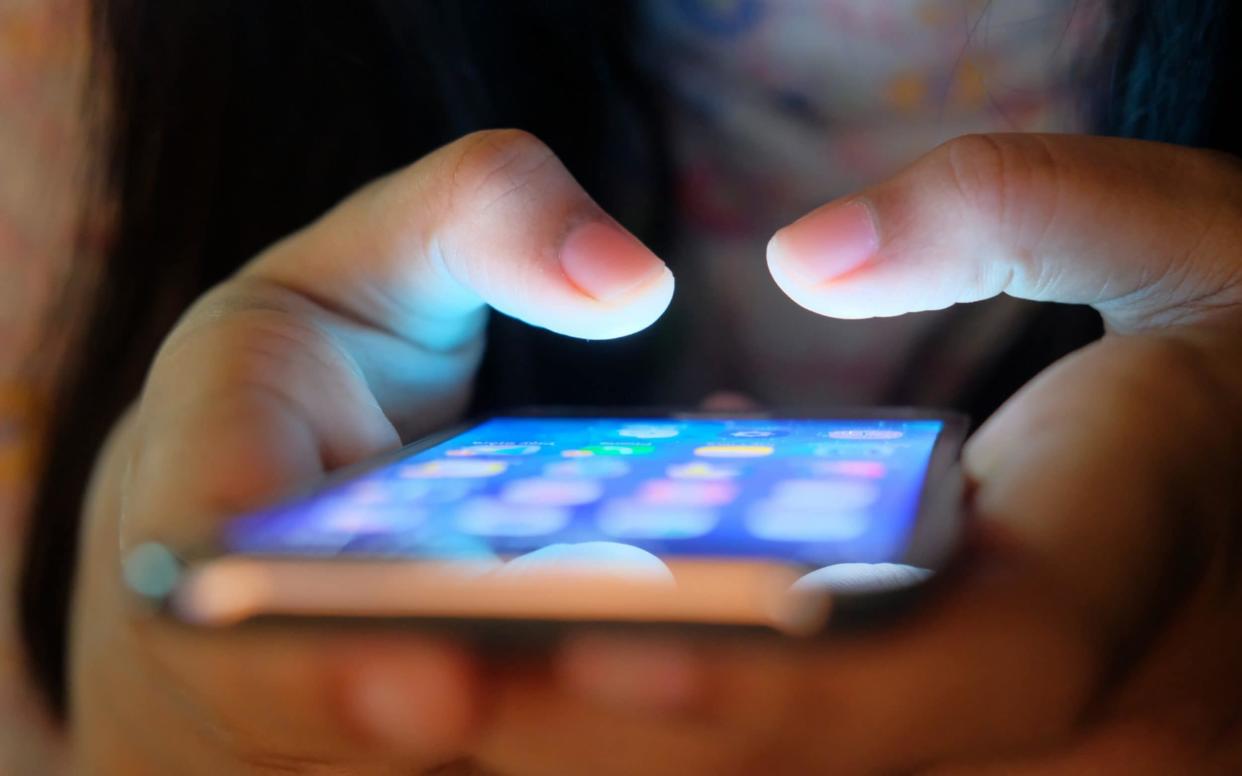Smartphone typing speeds catching up with keyboards, study shows

Smartphone typing speeds are catching up with keyboard typing, although not when word prediction is used, scientists have shown.
A study involving 37,000 volunteers across 160 countries reveals that the average smartphone typing speed is now only 25 per cent slower than typing on a traditional computer.
The online tests showed smartphone users achieving an average of 38 words per minute when using both thumbs.
While it is possible to type far faster on a keyboard - above 100 words per minute - this proficiency is rapidly going down in most countries, raising the prospect likelihood smartphone users will one day become quicker.
Participants were recruited online and asked to transcribe a set of sentences to assess their typing speed and accuracy.
Those who used to thumbs - 74 per cent - were significantly quicker than those using the digits on a single hand.
The research team also found that using auto-correct made users faster.
However, using predictive text, also known as word completion, slowed users down.
Dr Sunjun Kim, a researcher at Aalto University, said: "The given understanding is that techniques like word completion help people, but what we found out is that the time spent thinking about the word suggestions often outweighs the time it would take you to type the letters, making you slower overall."
The study also exposed a strong generation effect, with young people - those between 10 and 19 years of age - around 10 words per minute faster than people in their 40s.
"We are seeing a young generation that has always used touchscreen devices, and the difference to older generations that may have used devices longer, but different types, is staggering," said Professor Antti Oulasvirta, also from Aalto University.
The study was conducted alongside Cambridge University and ETH Zurich scientists and is being presented at the 21st International Conference on Human-Computer Interaction with Mobile Devices and Services in Taipei.


